Let’s explore various educational activities for kids and how they can benefit children of all ages. When it comes to the education and development of children, hands-on activities are proven to be highly effective.
By engaging in educational activities, kids not only have fun but also enhance their knowledge and skills in a meaningful way.
From DIY projects to printables and interactive games, there are numerous options available for parents and educators to make learning engaging and enjoyable.
Keep Reading to find out 25 Educational Activities for Kids!
You might also like:
- What is the importance of time?
- What are the types of crafts?
- What is the importance of art in your life?
- 100 joys of life.
- Why reading is important?
- Parent tips.
- Tips to Make Your Child Love Reading
What are Educational Activities for Kids?
Educational activities for kids are structured tasks or games designed to impart specific knowledge or skills.
They can range from reading exercises and math problems to hands-on science experiments and interactive learning games, all aimed at enhancing a child’s understanding and cognitive development.
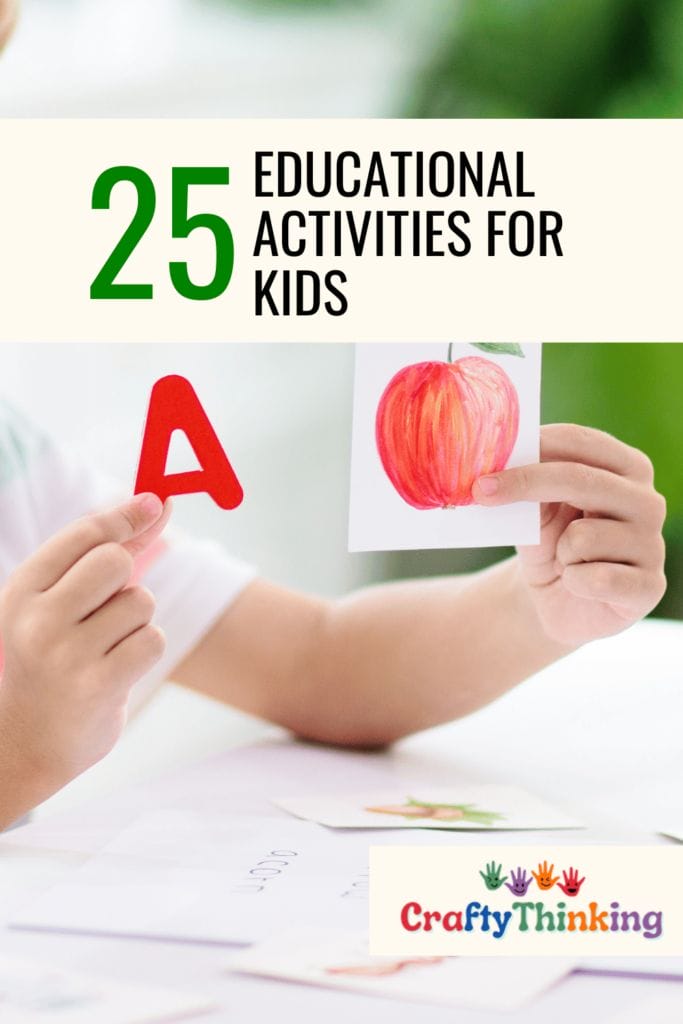
25 Hands On Educational Activities for Kids
Who said learning can’t be a hands-on adventure? Dive into 25 activities that make textbooks envious and classrooms wish they had this much fun.
Let’s get those little hands busy and brains buzzing with these Hands On Educational Activities for Kids!
1. DIY Volcano Eruption
Create a homemade volcano using baking soda and vinegar. This fun science experiment teaches kids about chemical reactions in an interactive way.
2. Alphabet Playdough Mats
Use playdough to form letters of the alphabet. This tactile activity helps younger kids recognize and learn their letters.
3. Nature Scavenger Hunt
Take kids outside and let them explore nature. Provide a list of items for them to find, teaching them about different plants, animals, and natural phenomena.
4. Magnetic Word Building
Using magnetic letters on a board, encourage kids to form words, enhancing their vocabulary and spelling skills.
5. DIY Constellation Viewer
Poke holes in a cardboard tube to represent different constellations. When kids look through, they’ll see stars, fostering an interest in astronomy.
6. Planting Seeds
Teach kids about botany by letting them plant and care for their own seeds, observing the growth process.
7. Water Xylophone
Fill glasses with varying levels of water and tap them to make music. This activity introduces kids to sound waves and music.
8. Homemade Balance Scale
Using household items, create a balance scale. Kids can learn about weight and measurement by comparing different objects.
9. Shadow Drawing
Place toys or objects in sunlight and trace their shadows. This activity teaches kids about light and shadow.
10. DIY Sundial
Teach kids to tell time using the sun with a homemade sundial, introducing them to ancient time-telling methods.
11. Floating Egg Experiment
Place an egg in saltwater and watch it float. This experiment teaches kids about density in a hands-on manner.
12. Ice Excavation
Freeze small toys in ice and let kids excavate them using droppers and warm water, teaching them about states of matter.
13. DIY Pulley System
Create a simple pulley system using ropes and a wheel. This introduces kids to basic physics concepts.
14. Mirror Symmetry Painting
Fold a paper in half, paint on one side, and press together. Kids learn about symmetry in a visually appealing way.
15. Homemade Barometer
Using a jar, balloon, and straw, kids can create a barometer to learn about atmospheric pressure.
16. Feather Parachute
Drop feathers and other objects from a height, teaching kids about gravity and air resistance.
17. DIY Kaleidoscope
Create a kaleidoscope using mirrors and colorful beads, introducing kids to light reflection and patterns.
18. Sound Wave Experiment
Using a spoon and string, kids can learn about how sound waves travel.
19. Static Electricity Butterfly
Rub a balloon on your hair and watch paper butterflies “fly” towards it, teaching kids about static electricity.
20. Salt Crystal Leaves
Grow salt crystals on leaves, teaching kids about crystallization in a visually stunning manner.
21. DIY Compass
Using a needle, magnet, and a bowl of water, kids can create their own compass, learning about Earth’s magnetic field.
22. Paper Bridge Challenge
Using only paper, challenge kids to build a bridge that can hold weight, teaching them about engineering principles.
23. Invisible Ink Messages
Write secret messages using lemon juice and reveal them by heating the paper, introducing kids to basic chemistry.
24. Sink or Float Experiment
Gather various objects and let kids predict whether they’ll sink or float in water, teaching them about buoyancy.
25. Color Mixing Lab
Using primary colors, let kids mix and create new colors, teaching them about color theory in a hands-on way.
These activities are designed to be both fun and educational, providing kids with hands-on experiences that enhance their understanding of various concepts.
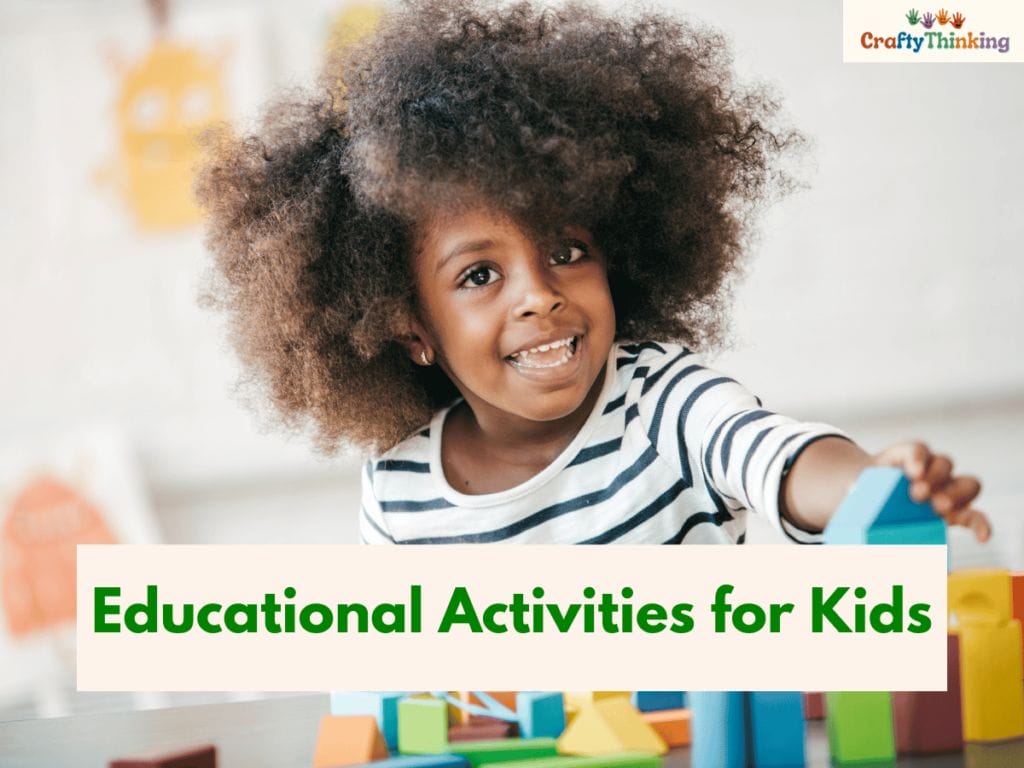
Educational Activities for Kids
Who said learning can’t be a party? Dive into activities that make textbooks jealous and classrooms wish they were this cool.
-
What are some fun learning activities for kids?
Fun learning activities for kids can range from simple hands-on experiments to interactive games and puzzles.
For younger children, activities like building blocks, sensory play, and color recognition games can help with their cognitive development.
Older kids can engage in science experiments, coding activities, and math games to enhance their critical thinking and problem-solving abilities.
-
How can you incorporate educational activities into playtime?
Incorporating educational activities into playtime is a great way to make learning fun and engaging.
For example, instead of traditional board games, opt for educational board games that focus on specific subjects like geography, mathematics, or language skills.
You can also organize scavenger hunts that require kids to solve riddles or find hidden clues, encouraging their problem-solving skills while having fun.
-
What are some DIY educational activities for kids?
DIY educational activities are not only cost-effective but also allow children to learn in a hands-on manner.
Building a volcano using baking soda and vinegar, creating a homemade musical instrument, or making a simple science experiment using household items are all excellent examples of DIY educational activities.
These activities not only stimulate creativity but also help kids understand scientific concepts and improve their fine motor skills.
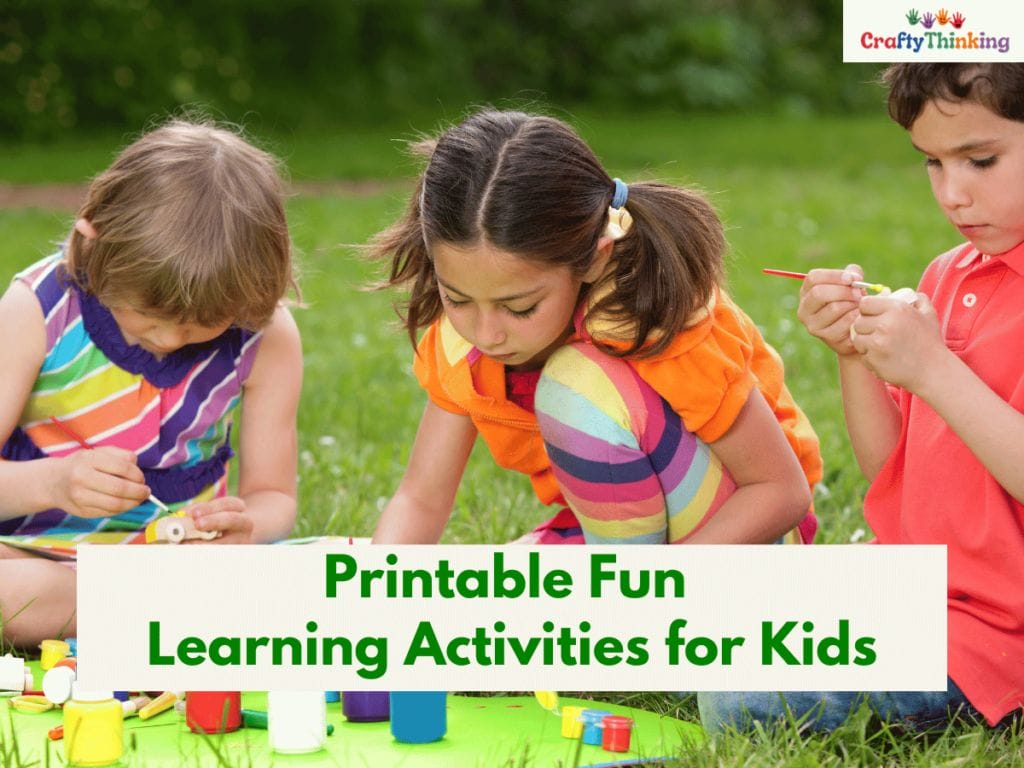
Printable Fun LearningActivities for Kids
Out with the old, in with the printable! Bring the joy of learning to your fingertips, one print at a time.
-
Where can you find printable educational activities for kids?
There are several websites and online platforms that offer printable educational activities for kids.
Websites like Pinterest, Education.com, and Teachers Pay Teachers provide a wide range of free and paid printable resources for various subjects and age groups.
Additionally, many educational publishers offer downloadable activity sheets and worksheets that can be printed at home.
-
What are some popular printable activities for kids?
Popular printable activities for kids include coloring pages, word searches, mazes, and crossword puzzles.
These activities not only entertain children but also help them improve their concentration, problem-solving, and fine motor skills.
Additionally, printable flashcards for learning letters, numbers, and sight words are widely used for early literacy development.
-
How can printables enhance a child’s learning experience?
Printables enhance a child’s learning experience by providing visual aids and hands-on activities that complement their learning journey.
These resources can help reinforce concepts learned in school and provide additional practice for children.
By engaging with printable activities, kids get the opportunity to reinforce their knowledge, improve their concentration, and develop essential skills independently.
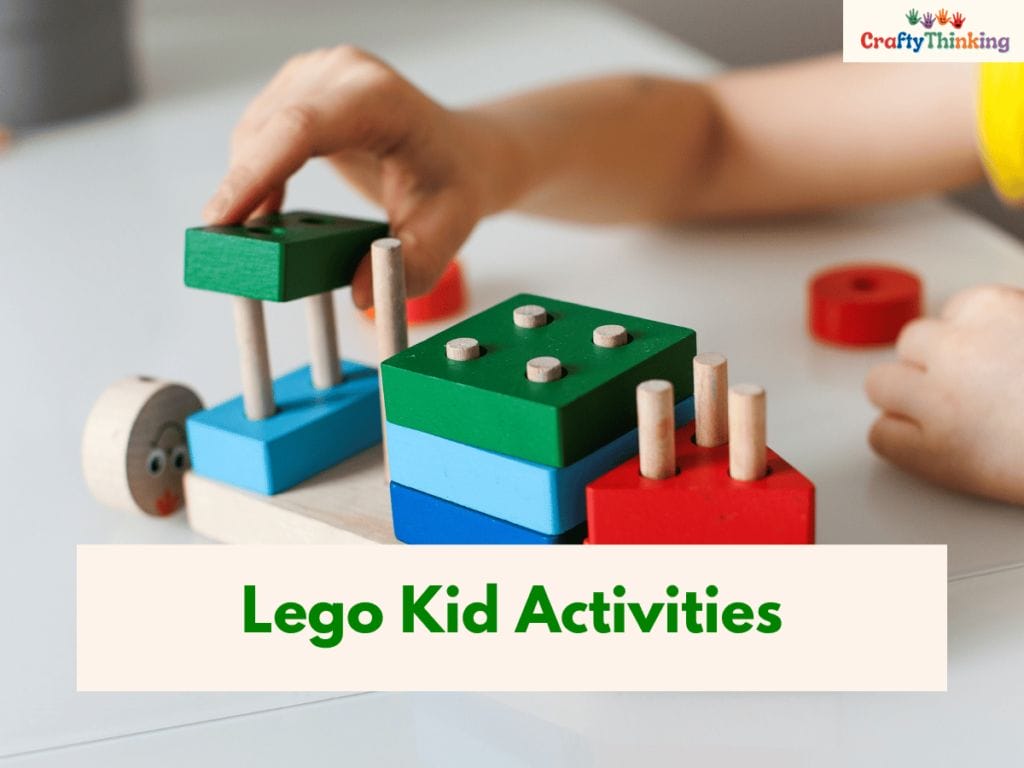
Lego Kid Activities
Brick by brick, watch your child’s imagination soar higher than a Lego skyscraper. It’s not just building; it’s brain-building!
-
What are some educational activities that can be done with Lego?
Lego is a versatile educational tool that can be used for various learning activities.
Children can engage in building challenges that promote creativity and problem-solving.
They can also use Lego to learn math concepts like symmetry and geometry by creating symmetrical shapes or patterns.
Additionally, Lego can be used to teach science-related concepts like simple machines or the properties of matter.
-
How can playing with Lego benefit a child’s development?
Playing with Lego can benefit a child’s development in multiple ways.
It helps improve fine motor skills, hand-eye coordination, and spatial awareness as children manipulate the blocks and build structures.
Lego also promotes creativity and imagination as children use their own ideas and designs.
Furthermore, playing with Lego in a group setting encourages teamwork, communication, and collaboration.
-
Are there any Lego sets specifically designed for educational purposes?
Yes, there are several Lego sets specifically designed for educational purposes.
These sets focus on subjects like science, technology, engineering, and mathematics (STEM).
They come with specific building instructions and components that allow children to explore specific concepts in a structured and hands-on way.

DIY Constellation children will love
Stars in their eyes and constellations at their fingertips. Let’s turn bedtime stargazing into a daytime masterpiece.
-
What educational activities involve learning about constellations?
Learning about constellations can be a captivating educational activity for kids.
Activities can include stargazing and identifying constellations in the night sky, creating constellation art using glow-in-the-dark stars or black construction paper, or even constructing a model of the night sky using toothpicks and marshmallows.
These activities spark a child’s curiosity about space and improve their knowledge of astronomy.
-
How can studying constellations spark a child’s curiosity?
Studying constellations sparks a child’s curiosity by introducing them to the wonders of the universe.
Learning about constellations encourages them to ask questions, seek answers, and explore beyond what they see in their everyday lives.
It ignites their imagination and prompts them to discover more about our vast universe, fostering a lifelong love for learning and inquiring about the unknown.
-
Are there any resources available to help kids learn about constellations?
Yes, there are many resources available to help kids learn about constellations.
Books, websites, and apps dedicated to astronomy and stargazing provide information about different constellations, their mythology, and tips for observing them.
There are also interactive online tools that allow kids to explore the night sky and learn about the position and movement of stars and planets.
Super Fun Alphabet and Sight Word Activities
From A to Z and everything in between, we’re making words more fun than a game of Scrabble with a dictionary on the side.
-
What are some fun ways to teach the alphabet and sight words?
Teaching the alphabet and sight words can be made fun through various activities.
Phonics games, alphabet puzzles, and letter scavenger hunts can engage children while enhancing their letter recognition skills.
Creating sensory bins with letter-shaped objects and playing educational apps that make learning interactive and playful are also effective ways to teach the alphabet and sight words.
-
How can learning the alphabet and sight words improve a child’s reading skills?
Learning the alphabet and sight words forms the foundation for reading skills.
By recognizing letters and their sounds, children are able to decode words and develop reading fluency.
Sight words, which are commonly used words that don’t necessarily follow regular phonetic rules, help improve reading comprehension and speed.
As children become more familiar with these words, they can focus on understanding the context of a text and better express their thoughts through reading.
-
Are there any educational games or apps for learning the alphabet and sight words?
Yes, there are numerous educational games and apps available for learning the alphabet and sight words.
Apps like ABCmouse, Starfall, and TeachYourMonsterToRead offer interactive activities, songs, and games to teach letter recognition and sight word vocabulary.
These apps make learning engaging and personalized, allowing children to progress at their own pace while having fun.
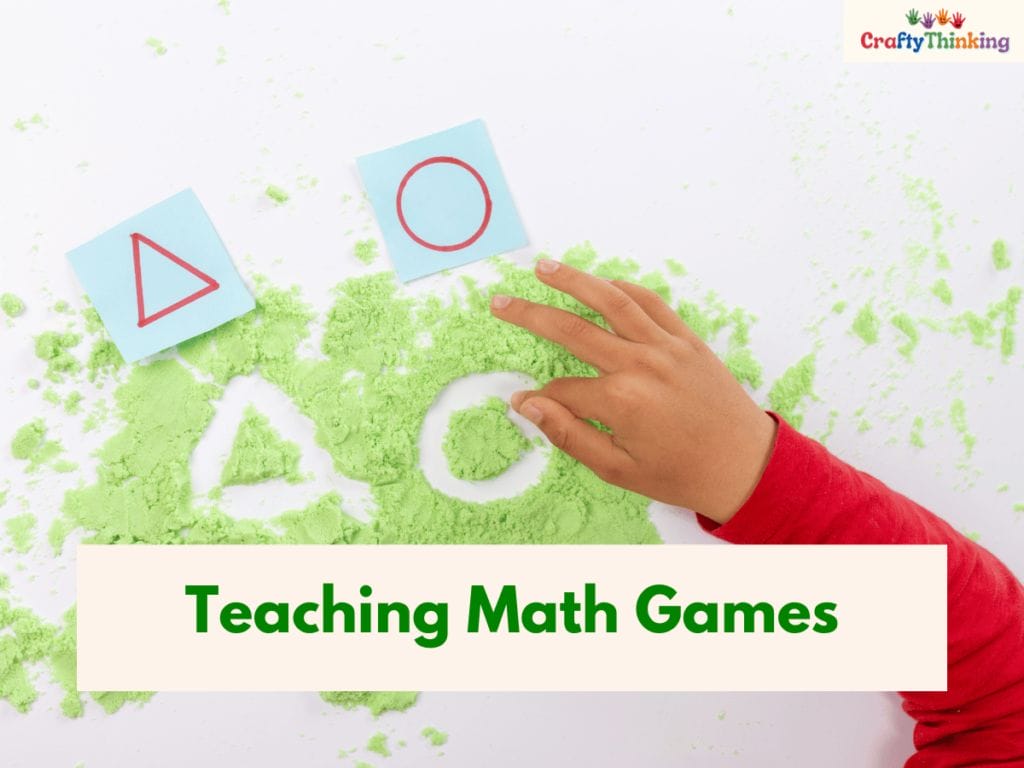
Teaching Math Games with multiplication Worksheets
Who knew multiplication could be this much fun? We’re turning times tables into terrific tales of triumph!
-
What are some engaging math worksheets for kids?
Engaging math worksheets for kids can include activities that involve counting, number recognition, basic operations, and problem-solving.
Worksheets with colorful visuals, puzzles, and hands-on manipulatives can make learning math more exciting.
Interactive worksheets that incorporate digital elements and gamification are also becoming popular among educators.
-
How can worksheets assist in teaching various math concepts?
Worksheets provide a structured and organized way to teach various math concepts. They help children practice and reinforce their understanding of different mathematical operations.
Worksheets can be used to introduce new concepts, provide guided practice, and assess a child’s comprehension of math topics.
They also allow parents and educators to track a child’s progress and identify areas that need further attention.
-
Are there any online platforms that offer free math worksheets for kids?
Yes, there are several online platforms that offer free math worksheets for kids.
Websites like Math-Drills, Khan Academy, and Education.com provide a wide range of math worksheets for different grades and skill levels.
These platforms offer printable worksheets, interactive exercises, and even personalized learning programs to cater to the individual needs of children.
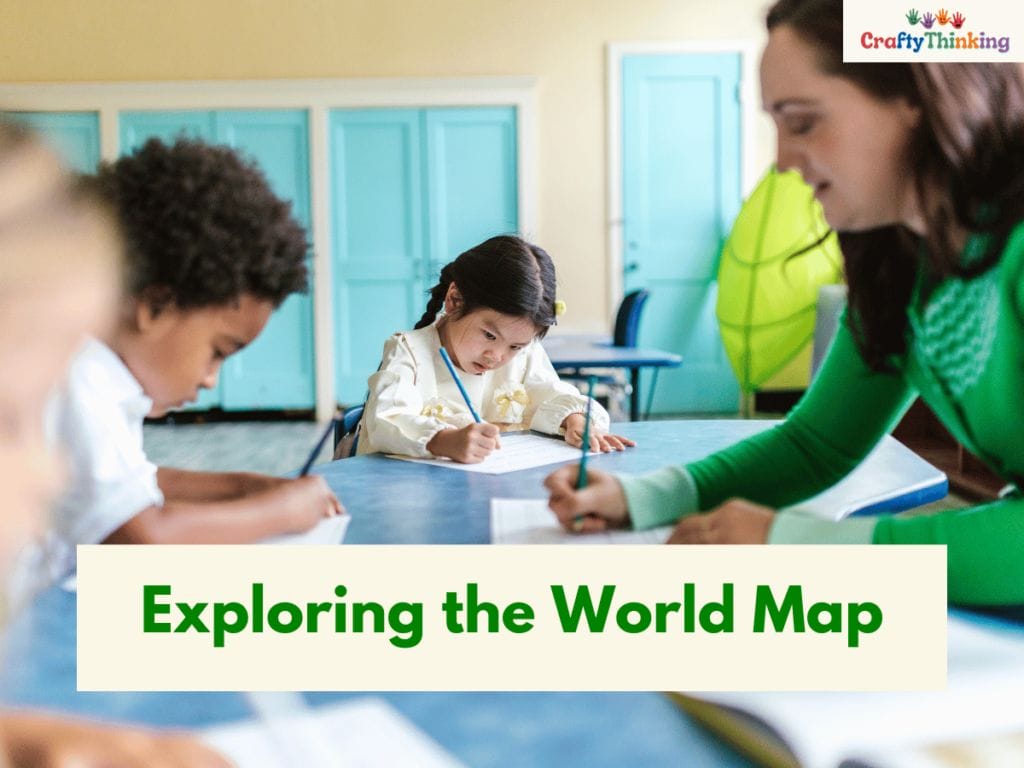
Exploring the World Map
Pack your imaginary bags and put on your explorer hats! We’re going on a global adventure, no passport required.
-
What educational activities can be done with a world map?
A world map can be a gateway to endless educational activities. Children can learn about different countries, their cultures, and geographical features by exploring a map.
Activities can include identifying continents and oceans, locating famous landmarks, planning imaginary trips, or even creating their own maps.
Interactive map puzzles and country trivia games are also great ways to make map exploration entertaining.
-
How can learning about geography enhance a child’s global awareness?
Learning about geography enhances a child’s global awareness by building their knowledge and understanding of different cultures, environments, and societies.
It helps children develop empathy, respect, and appreciation for the diversity of the world.
By learning about different countries and their customs, children become more aware of global issues and the interconnectedness of our world, fostering a sense of global citizenship.
How Can You Engage Your Kids with Educational Activities to Do at Home?
Engaging your kids with fun educational activities to do at home is easier than you might think.
From alphabet activities for preschoolers to crafty science experiments using household ingredients, there’s a plethora of fun ideas that kids will love.
Flash cards, for instance, can make learning to read less stressful, while simple at-home science activities can turn your kitchen into a lab that kids will love exploring.
What Are the Best Methods to Teach Your Kid Fundamental Concepts?
The best methods to teach your kid fundamental concepts combine fun and learning.
For younger kids, using simple games or flash cards can help develop their understanding of the letters of the alphabet or basic math.
For a fun science twist, let kids erupt a homemade volcano or piece together a puzzle, which can also improve their cognitive skills.
How Can a Feeder Become an Educational Tool for Kids?
A feeder can be a fantastic educational tool for kids. By setting one up in your backyard, children learn about different bird species, their feeding habits, and migration patterns.
It’s a real-time science activity that kids can also observe daily, making it an easy learning experience that they’ll love.
What Are Some Engaging Ways to Teach Them the Basics of Math and Science?
To teach kids the basics of math and science, consider fun educational activities like learning through playing games or using hands-on experiments.
For instance, kids can learn about reactions by mixing household ingredients or understand number sequences by playing hopscotch, jumping from one foot to the next.
Fun science experiments, like creating secret messages with lemon juice, can make kids feel like learning detectives.
How Can Sidewalk Chalk Be Used as an Educational Resource?
Sidewalk chalk is a versatile tool for fun and educational outdoor activities.
Kids can practice writing the letters of the alphabet, draw diagrams for social studies, or even create life-sized number lines.
Toddlers and preschoolers, in particular, love the hands-on nature of sidewalk chalk, and it can be used to craft secret messages or fun games that help develop their motor skills.
Why Is It Important to Combine Play with Learning for Kids to Do at Home?
Combining play with learning for kids to do at home makes education feel less like a chore and more like a fun adventure.
When kids associate learning with positive experiences, they’re more likely to develop a love for education.
Activities that merge fun and learning, like crafting or playing games, ensure that the child gets the most out of their at-home educational experiences.
How Can Everyday Household Items Be Used to Teach Your Kid?
Everyday household items can be transformed into fun educational tools that kids will love.
For instance, measuring cups can teach preschoolers about volume, while flash cards made from scrap paper can assist in learning to read.
Even crafty projects, like piecing together a collage from old magazines, can help your child understand themes in social studies or art.
The key is to use these items in ways that make learning feel like a fun and natural part of their day.
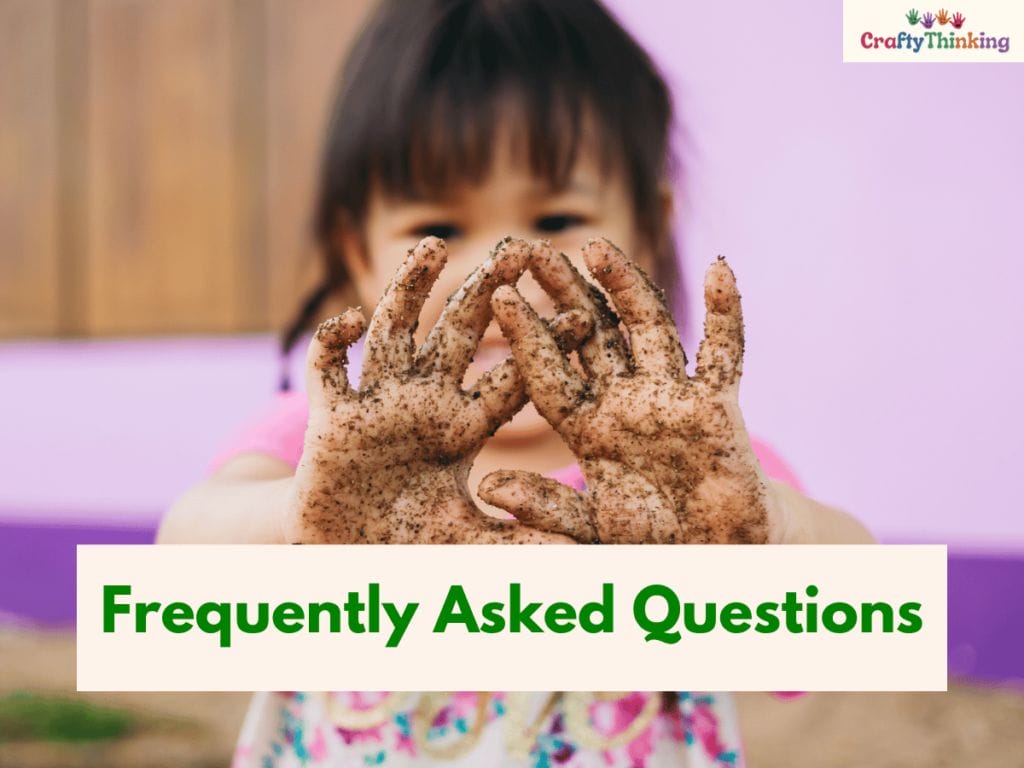
Frequently Asked Questions
Here are some frequently Asked Questions about Educational Activities for Kids. Get all the answers you need!
-
What are some fun educational activities for kids?
Fun educational activities for kids include science experiments, nature walks, reading storybooks, playing educational games, and engaging in arts and crafts projects.
-
What are the 5 learning activities?
The five learning activities typically refer to reading, writing, discussion, problem-solving, and hands-on experimentation.
-
What are good educational ideas?
Good educational ideas encompass interactive lessons, real-world application projects, group discussions, field trips, and incorporating technology in teaching.
-
What are fun grade R activities?
Fun grade R activities include storytelling, singing songs, playing with building blocks, drawing, and engaging in imaginative play.
-
What are examples of activity learning?
Examples of activity learning include group projects, role-playing, simulations, debates, and hands-on lab experiments.
-
What are the five active learning methods?
The five active learning methods are problem-based learning, cooperative learning, peer instruction, case-based teaching, and simulations.
-
What is a learning activity in a classroom?
A learning activity in a classroom is any task or exercise that students participate in to acquire and apply knowledge or skills.
-
What are learning activities in a lesson plan?
Learning activities in a lesson plan are the specific tasks, exercises, discussions, or assignments that students will engage in to meet the lesson’s objectives.
-
What are educational activities for kids?
Educational activities for kids are tasks or games designed to teach them specific skills or knowledge, such as puzzles, reading exercises, or math problems.
-
What are the five learning activities?
The five learning activities often refer to group work, independent research, presentations, interactive sessions, and practical hands-on tasks.
-
What are some home learning ideas?
Some home learning ideas include reading books, cooking together, gardening, DIY science experiments, and online educational games.
-
What is an educational activity?
An educational activity is any task, game, or project designed to impart knowledge or develop a skill.
-
What are the fun activities for Grade R?
Fun activities for Grade R include finger painting, playing with playdough, listening to stories, and participating in movement games.
-
What are teacher guided activities for Grade R?
Teacher-guided activities for Grade R involve tasks where the teacher provides direction and support, such as reading aloud, guided drawing, or structured play sessions.
-
What are the fun learning activities for kids?
Fun learning activities for kids include puzzles, interactive games, treasure hunts, and hands-on science experiments.
-
What is play in a Grade R classroom?
Play in a Grade R classroom refers to unstructured or structured activities that allow children to explore, imagine, and learn through interaction and creativity.
Wrapping Up Educational Activities for Kids
In conclusion, Educational Activities for Kids are more than just a way to pass the time; they’re a bridge to knowledge, creativity, and growth.
By integrating these Educational Activities for Kids into daily routines, we not only foster a love for learning but also equip our young ones with essential skills for the future.
Remember, the best investment we can make is in the Educational Activities for Kids that shape their minds and imaginations.
If you enjoyed this article about Educational Activities for Kids and would like to learn more, please leave a comment below.
Like and Share!
